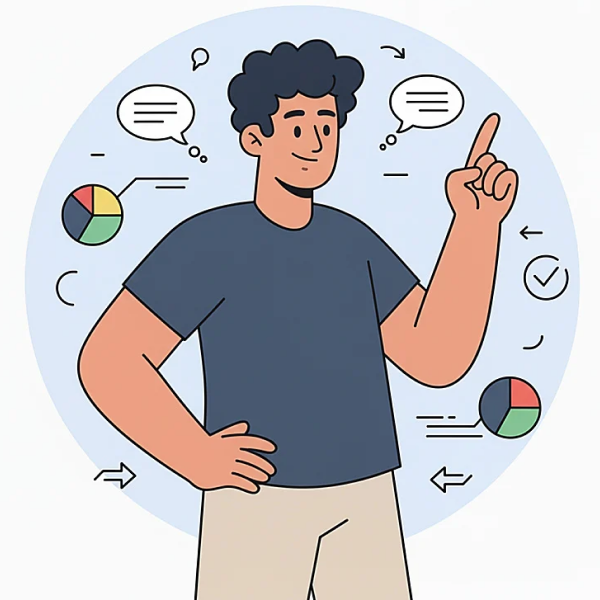
The Practical Power of the DISC Assessment
Leaders also appreciate how immediately useful the insights become during hiring, onboarding, and coaching cycles. Across industries, teams rely on the DISC assessment to demystify everyday interactions and reduce the guesswork that often derails progress. With shared language and a neutral framework, conversations become more constructive and outcomes more predictable. Clarity accelerates performance, and clarity is exactly what people search for when interpreting style patterns. Many readers ask about the DISC assessment meaning, seeking a concise explanation that aligns with their practical challenges at work. While the theory has depth, its true strength lies in how effortlessly it translates into action steps for meetings, negotiations, and cross-functional initiatives.
How the Model Works
Practitioners often use language that emphasizes adaptability over labels, because style is a starting point rather than a ceiling. In many programs, individuals complete a DISC profile assessment to surface current tendencies and open a dialogue about flexing behaviors in different contexts. Many first-time users explore a brief screener that resembles a DISC assessment test and produces a visual snapshot of preferences.

Understanding the DISC Assessment Wheel
Visuals help learners grasp nuance, which is why trainers often reference the DISC assessment wheel to show proximities between styles and blends. Those proximities reveal where communication may feel effortless and where extra preparation can prevent misunderstandings. The image becomes a map for choosing the right tone, tempo, and detail level for different audiences.
The Top Benefits of Using DISC for Teams and Individuals
Communication improves quickly once people can anticipate how others will receive information. Teams often complement these insights with a communication assessment to reinforce listening, framing, and messaging skills across contexts. The combined effect reduces friction and shortens the time between decision and action.
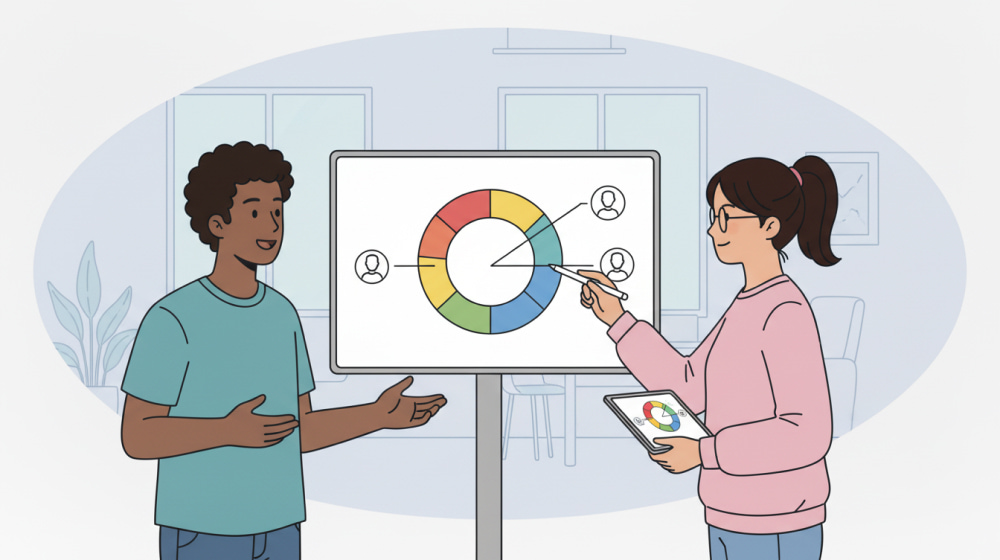
Operationally, managers see the most tangible wins during collaboration-heavy initiatives. Departments that adopt a DISC workplace assessment often report cleaner handoffs, faster conflict resolution, and more thoughtful delegation. When individuals work from shared expectations, ambiguity shrinks and accountability grows. Strategically, executives leverage these insights to sharpen influence and change management. Leadership programs frequently integrate a DISC leadership assessment to align decision style with organizational goals and culture. By tuning communication to the audience and the moment, leaders drive adoption with fewer bottlenecks and greater trust.
See the Communication Styles: A Visual Guide
To fine-tune conversations, many trainers introduce a communication style assessment alongside role-play scenarios and coaching prompts. This layered practice helps people notice micro-cues like pace, tone, and detail tolerance and adapt in real time. The result is communication that feels respectful, efficient, and tailored to the moment.
| Style | Strengths | Overuse Risks | Best Partner Tips |
|---|---|---|---|
| D (Direct) | Decisive, action‑oriented | Impatience, bluntness | Offer options, keep it brief |
| I (Influential) | Persuasive, energetic | Tangents, over‑promising | Invite ideas, confirm next steps |
| S (Steady) | Reliable, supportive | Aversion to change | Provide context, allow processing |
| C (Conscientious) | Analytical, precise | Over‑analysis | Share data, define criteria |
As you interpret blended tendencies, nuances emerge that make coaching richer and more specific. Many practitioners appreciate how a DISC personality profile assessment reveals situational shifts under stress versus calm. Those shifts become teaching moments that anchor better planning for high-stakes communication.
Depth matters as you integrate style insight into leadership, sales, and service routines. Some programs pair behavioral data with a DISC personality assessment to illustrate how stable preferences interact with learned skills. With practice, you can flex quickly without losing authenticity or strategic clarity.
Applying Your DISC Results
Individuals often begin with a quick instrument before doing deeper coaching. For maximum relevance, it helps to take DISC assessment results into your next team conversation and test one small behavior shift. That immediate application cements learning and builds momentum.
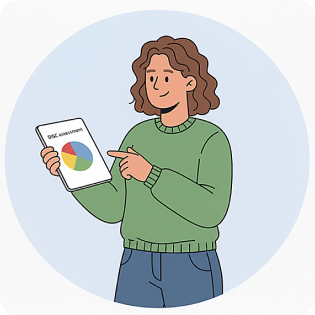
Explore DISC With No-Cost Online Assessments
Budget-conscious teams sometimes start with limited-cost resources to establish common language. Some providers even promote a DISC assessment free starter that introduces the core quadrants and sparks DISCussion. Early exposure can reduce skepticism and invite broader participation later.

Distributed teams may prefer tools that require minimal setup and scale across time zones. For that reason, many organizations pilot a DISC assessment online free resource before moving to a comprehensive, validated instrument. The pilot helps you evaluate fit, usability, and adoption potential without heavy investment.
Once interest grows, it’s wise to transition to a validated instrument for decisions that carry weight. In some cases, teams test-drive a free DISC assessment test to gauge engagement, then upgrade for richer reports and facilitator guides. The end goal is a sustainable, evidence-informed program that keeps improving collaboration month after month.
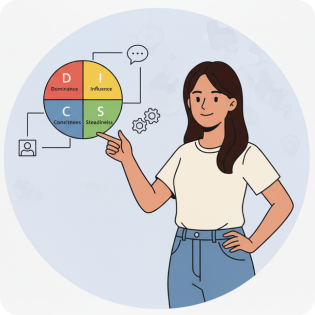
FAQ About Communication Style Assessment
The Latest News

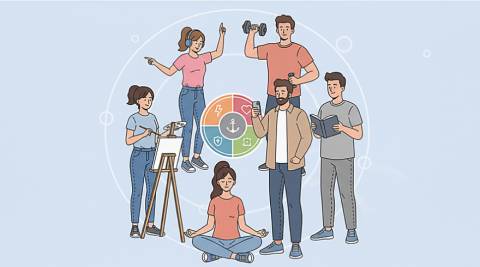

Please Note
This website (ytdmax.com) is not an official representative, creator or developer of this application, or product. All the copyrighted materials belong to their respective owners. All the content on this website is used for educational and informative purposes only.
